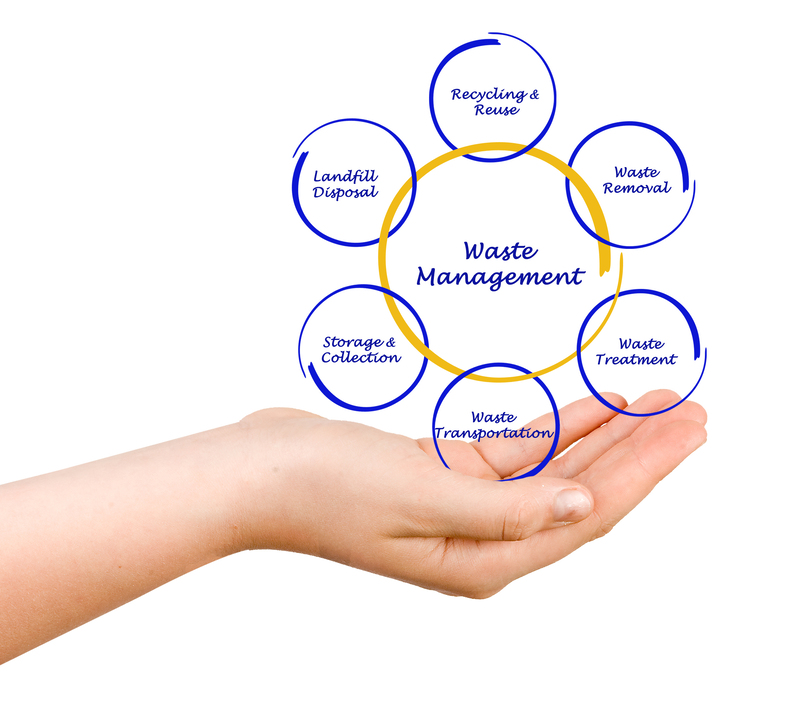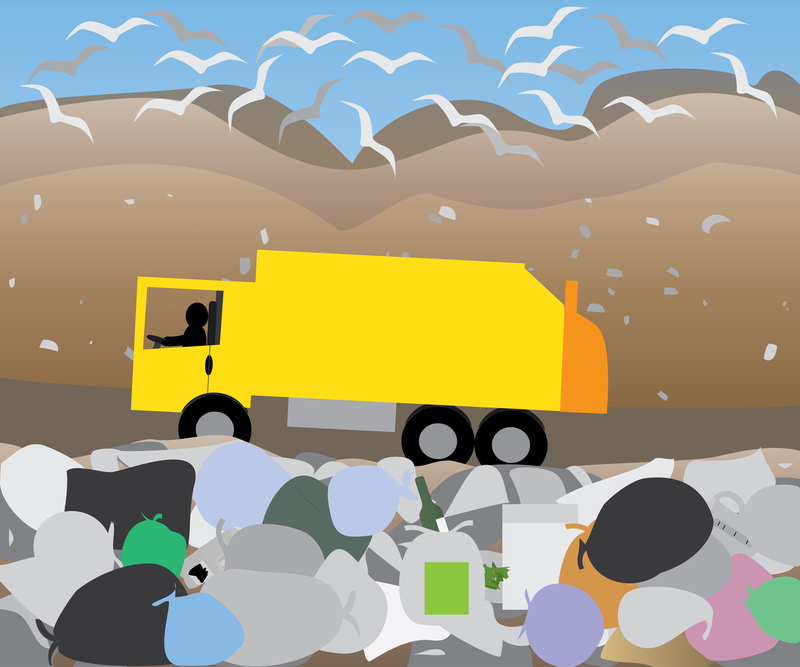Home Plastic Recycling Guide
Posted on 24/08/2024
Plastic waste is a significant environmental concern. With the growing awareness about the harmful effects of plastic pollution, home plastic recycling has become a crucial and actionable step that individuals can take. In this comprehensive guide, we will go through all the essential aspects of home plastic recycling, from identification and preparation of recyclables to practical tips and important considerations, including the pros and cons of doing it yourself. Let's get started on our journey towards a more sustainable lifestyle.
Why Recycle Plastic at Home?
The primary motivation for recycling plastic at home is to reduce the amount of waste that ends up in landfills and oceans. Plastics can take hundreds of years to decompose, leading to severe environmental and health repercussions. By recycling plastics at home, you can significantly reduce your carbon footprint and contribute to a healthier planet.

Identifying Recyclable Plastics
Not all plastics are created equal, and not all of them are recyclable. Here's a quick guide to the different types of recyclable plastics:
1. PET/PETE (Polyethylene Terephthalate): Commonly found in bottles and food containers.
2. HDPE (High-Density Polyethylene): Used in milk jugs, detergent bottles, and grocery bags.
3. PVC (Polyvinyl Chloride): Found in pipes and some packaging materials.
4. LDPE (Low-Density Polyethylene): Used in bread bags and some food wraps.
5. PP (Polypropylene): Common in yogurt containers and bottle caps.
6. PS (Polystyrene): Seen in disposable coffee cups and plastic cutlery.
Make sure to check the recycling codes on the plastic items to identify whether they are recyclable.
Steps to Recycle Plastic at Home
Recycling plastic at home can be simplified into the following steps:
1. Cleaning and Sorting: Rinse the plastic containers to remove any food residues. Separate plastics based on their recycling codes.
2. Crushing and Folding: Compress larger items to save space.
3. Storing: Use separate bins for different types of plastics.
4. Recycling or Upcycling: Either deliver sorted recyclables to a local recycling center or creatively upcycle them into new products.
How to Upcycle Plastic at Home
Upcycling is an innovative way of reusing plastic waste to create useful or decorative items. Here are some ideas:
- Turn plastic bottles into planters.
- Create eco-bricks (stuffing plastic waste into bottles to use as building materials).
- Use bottle caps for artistic projects, such as mosaics or jewelry.
Tips for Effective Plastic Recycling
- Rinse and Dry: Always rinse and dry your plastics before recycling.
- Flatten Items: Flatten items like bottles to save storage space.
- Remove Labels: Remove labels as much as possible to facilitate the recycling process.
- Avoid Contamination: Do not include any non-recyclable plastic items.
Pros and Cons of Home Plastic Recycling
Pros:
- Environmental Benefits: Reduces landfill waste and plastic pollution.
- Cost-Effective: Saves money on waste disposal fees.
- Educational: Promotes awareness about sustainability and responsible consumption.
- Community Contribution: Helps in the overall community's waste management efforts.
Cons:
- Time-Consuming: Sorting and cleaning can be labor-intensive.
- Space Requirement: Needs enough space to store sorted plastics.
- Partial Solution: Not all plastics are recyclable, limiting the impact.
- Potential Contamination: Incorrect sorting can contaminate recyclable materials.

Takeaways
- Always check the recycling codes before recycling.
- Clean and sort your plastics to ensure they are accepted at recycling centers.
- Engage in upcycling to make creative use of plastic waste.
- Understand the pros and cons to better manage your expectations and efforts.
Conclusion
Home plastic recycling is a small but significant step towards reducing plastic waste and promoting environmental sustainability. With proper knowledge and a bit of effort, you can contribute to a cleaner, greener world. By understanding the types of recyclable plastics, mastering the steps to recycle, and being aware of the pros and cons, you can effectively manage your plastic waste. Remember, every small action counts towards a bigger change. Let's all do our part in preserving our planet for future generations.

